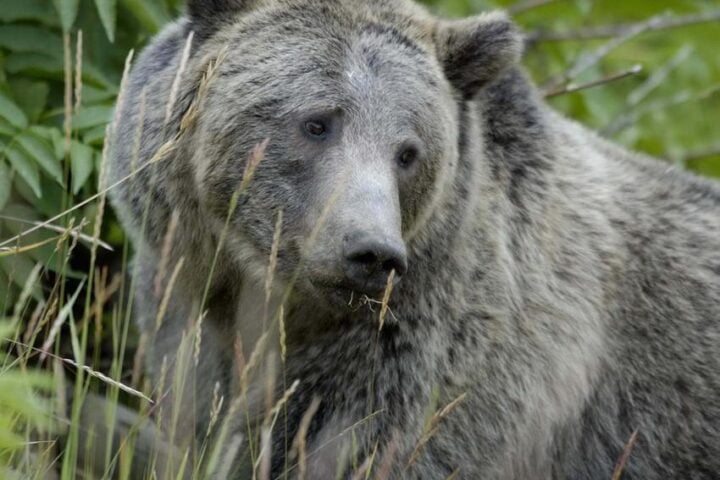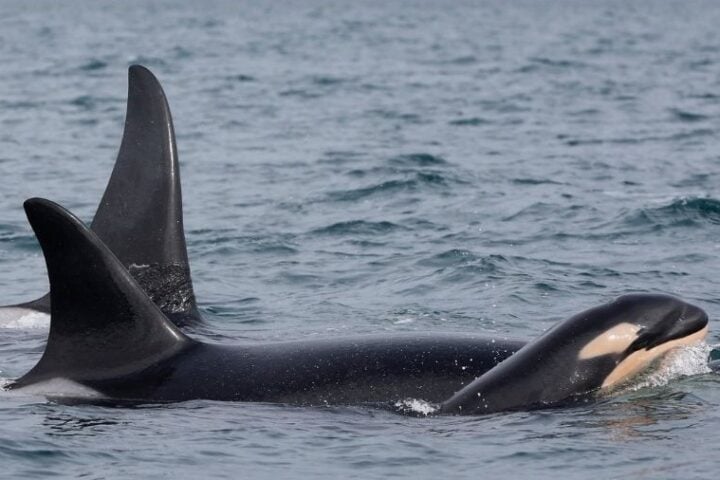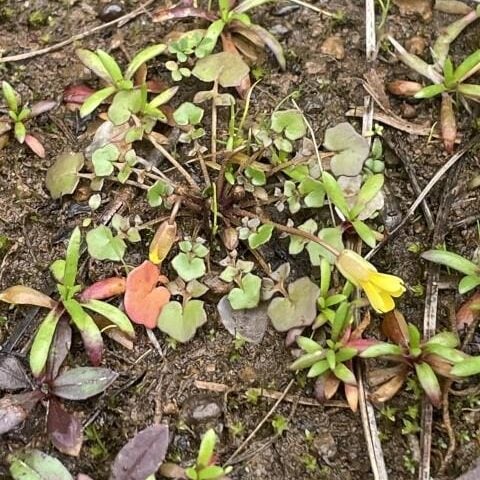In a remarkable conservation story, one of the world’s rarest creatures has found a new home at Longleat Safari Park. The critically endangered Giant Magnolia Snail, once feared extinct, is now part of a pioneering breeding program that could help save the species from disappearing forever.
Weighing around 100 grams and measuring over six centimeters, these remarkable mollusks were rediscovered in 2012 in southern Vietnam after more than a century without recorded sightings. With as few as 300 remaining worldwide, Longleat’s collection of eight individuals represents a significant portion of the 56 specimens currently housed in European zoos and safari parks.
“Until relatively recently they were thought to be extinct before being found in a small area of forest in Vietnam,” explains keeper Samantha Peeke, who oversees their care. “The biggest threat to their survival is being used for food and the shell trade.”
These distinctive snails, scientifically known as Bertia cambojiensis, are particularly notable for their left-coiling shells—a rare feature among land snails. Visitors will soon be able to view these unique creatures in the park’s Animal Adventure area, where they are kept in carefully controlled conditions.
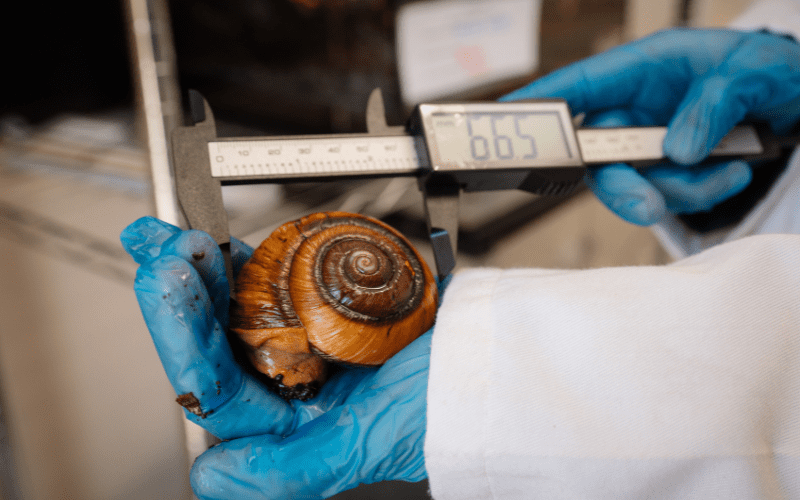
“They are kept in a sterile environment to protect them, and each has an ID tag,” says Peeke. “We are hoping they will start breeding which will be incredible for the species.”
The rediscovery of the Giant Magnolia Snail in 2012 sparked renewed conservation efforts. Further survey work has since confirmed their presence not only in Vietnam but also in Cambodia, though their total habitat remains extremely limited.
More Stories:
Caring for these specialized creatures requires precise conditions. The Longleat team maintains temperatures between 23-27°C and provides a diet of fruits and vegetables, with mango apparently being a favorite. The specimens at Longleat are two and a half years old and have reached the right size and age for potential breeding.
Beyond their unusual size and appearance, these snails possess fascinating biological characteristics. Like many land snails, they are hermaphrodites, possessing both male and female reproductive organs. Research on captive specimens has revealed interesting behaviors about land snails, including parental care and reproduction strategies.
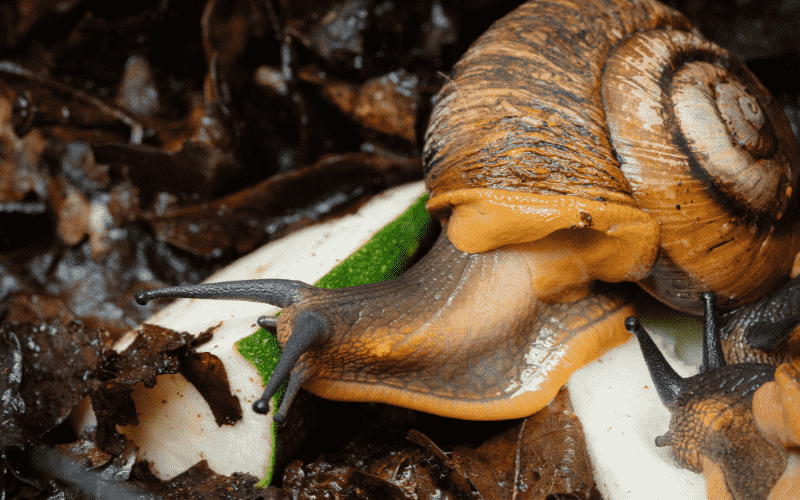
The conservation challenge extends beyond breeding programs. In the wild, these snails face multiple threats. Their shells are highly prized in the international trade, fetching significant prices. Additionally, their forest habitats in Vietnam and Cambodia continue to shrink due to deforestation and agricultural expansion.
The European Association of Zoos and Aquaria (EAZA) published guidelines in 2024 to standardize care protocols across participating institutions. This collaborative approach, combining expertise from zoos like Longleat and Chester Zoo with field researchers in Southeast Asia, represents the best hope for the species’ survival.

“They are beautiful animals and having them at Longleat is wonderful as we can show our guests how we care for all animals, whatever their size,” Peeke notes, highlighting the educational value of the program alongside its conservation importance.
For a creature once thought lost forever, the presence of these giant snails at Longleat represents a rare second chance—a reminder that even small creatures can play a big part in the story of global biodiversity.
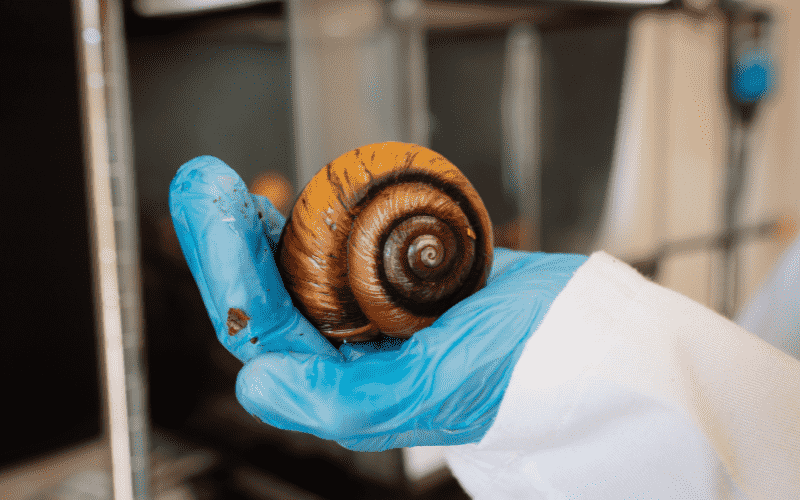
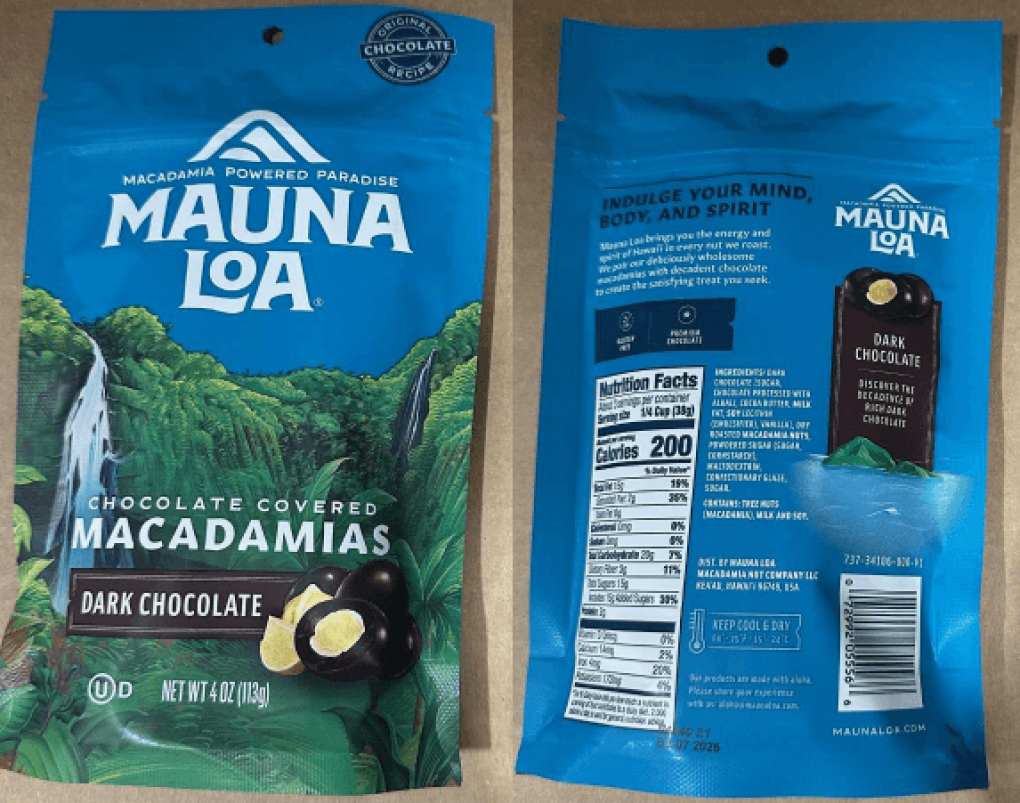

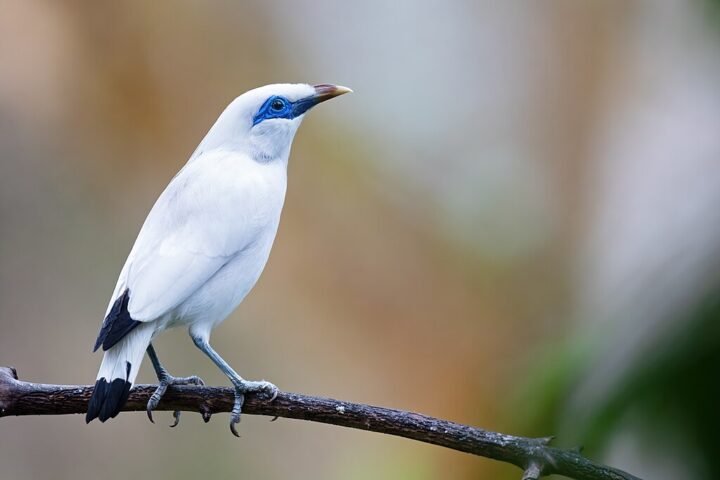
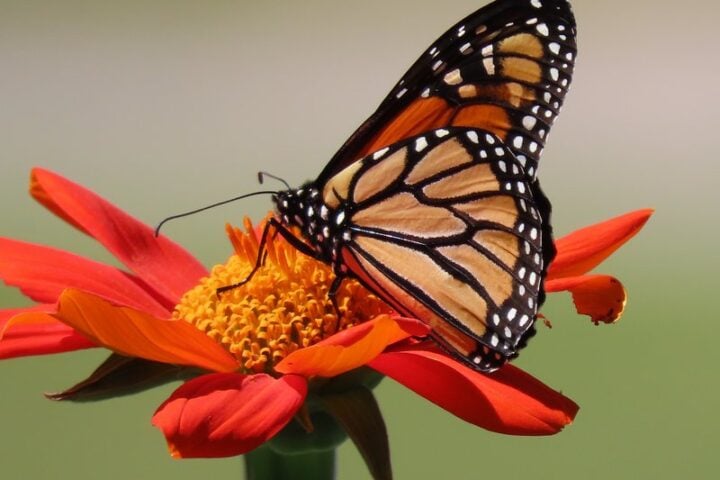
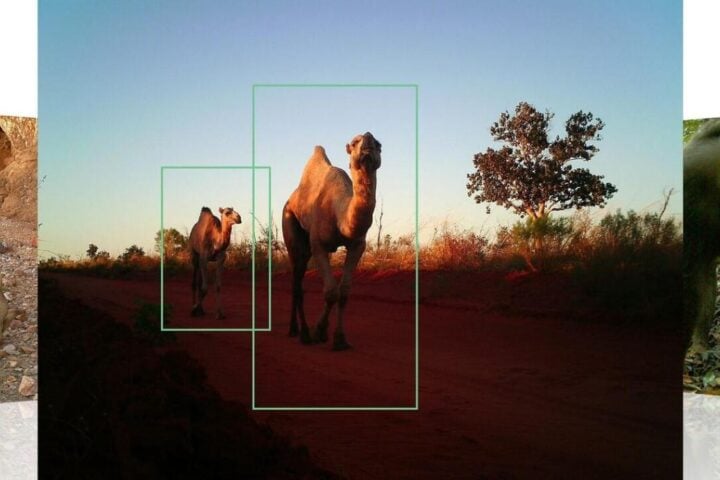
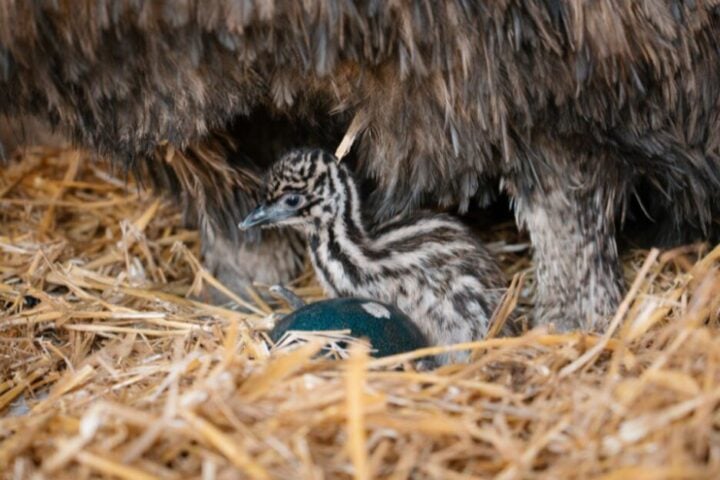
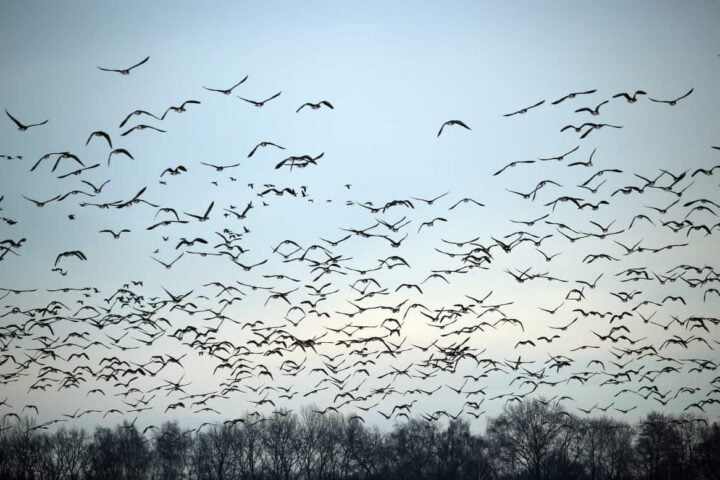
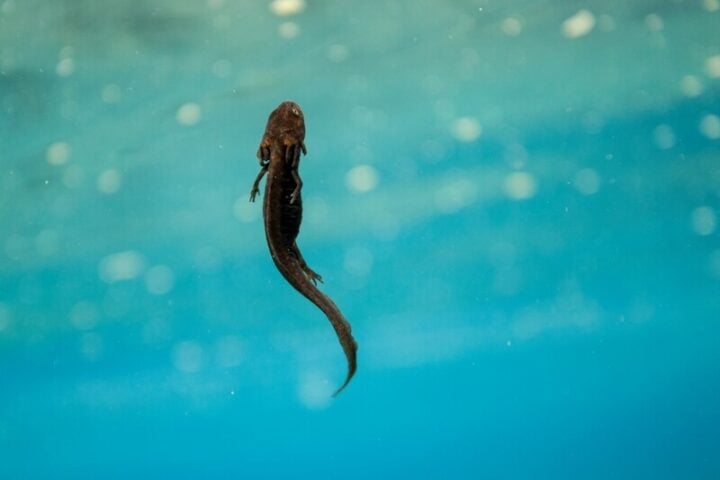
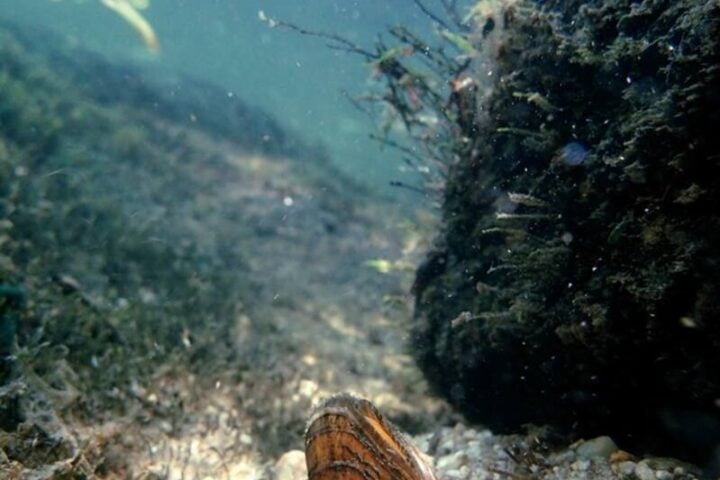
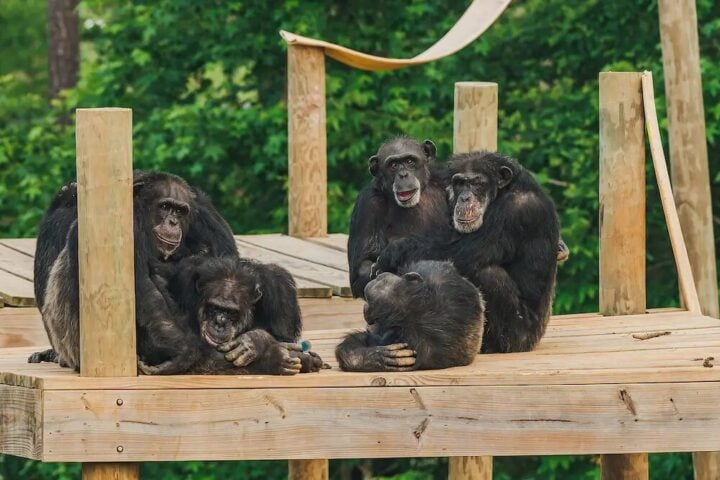

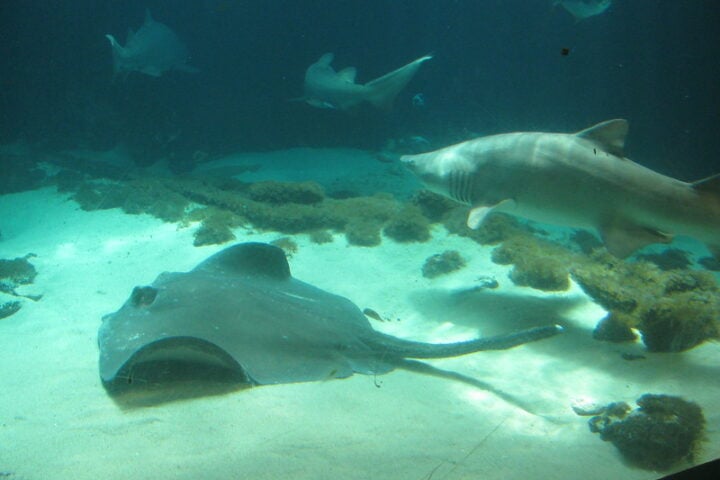
![Representative Image: European Starling [49/366]. Photo Source: Tim Sackton (CC BY-SA 2.0)](https://www.karmactive.com/wp-content/uploads/2025/04/Starlings-Drop-82-in-UK-Gardens-as-Birdwatch-2025-Reveals-Record-Low-Count-Since-1979-720x480.jpg)
